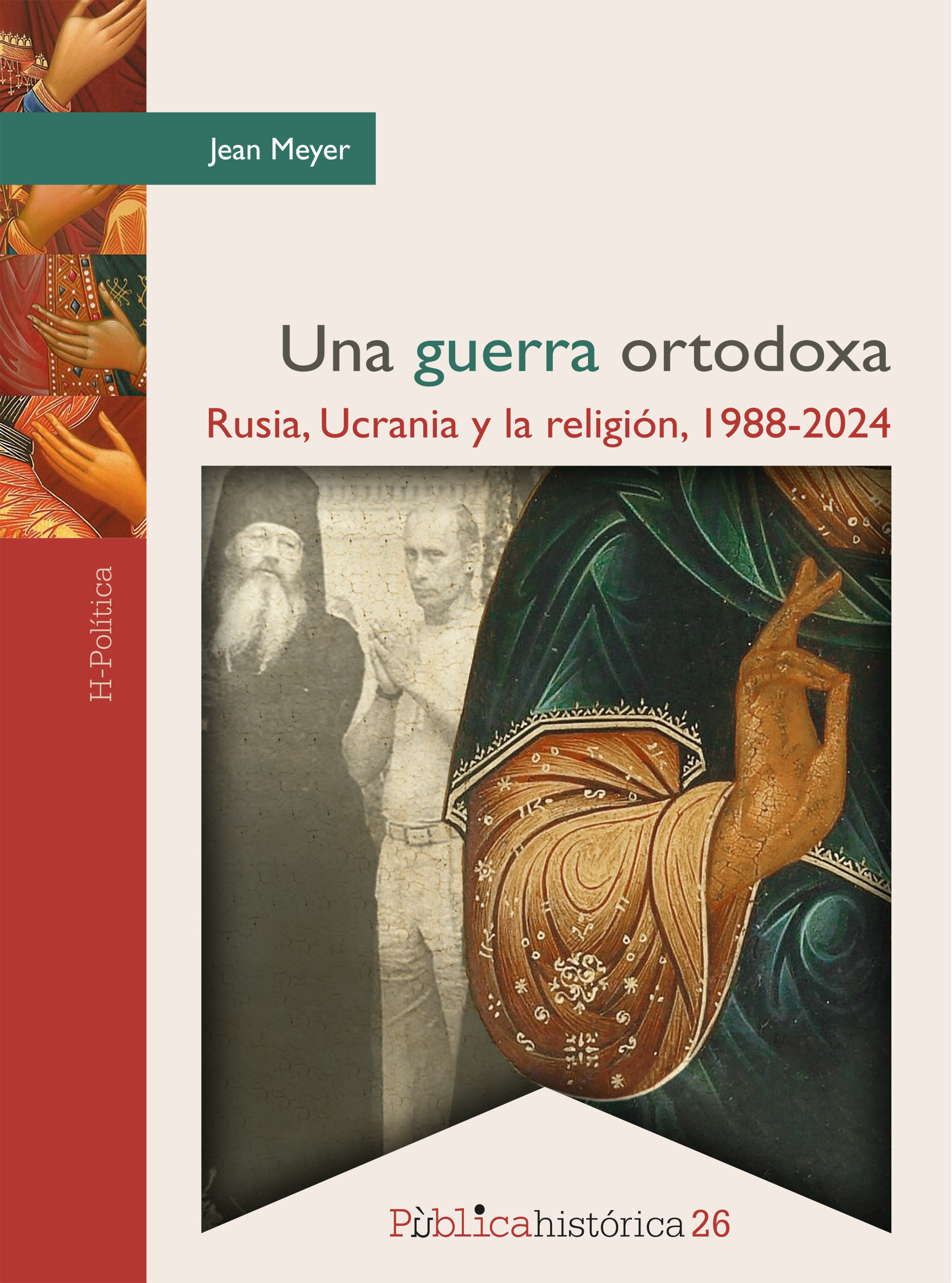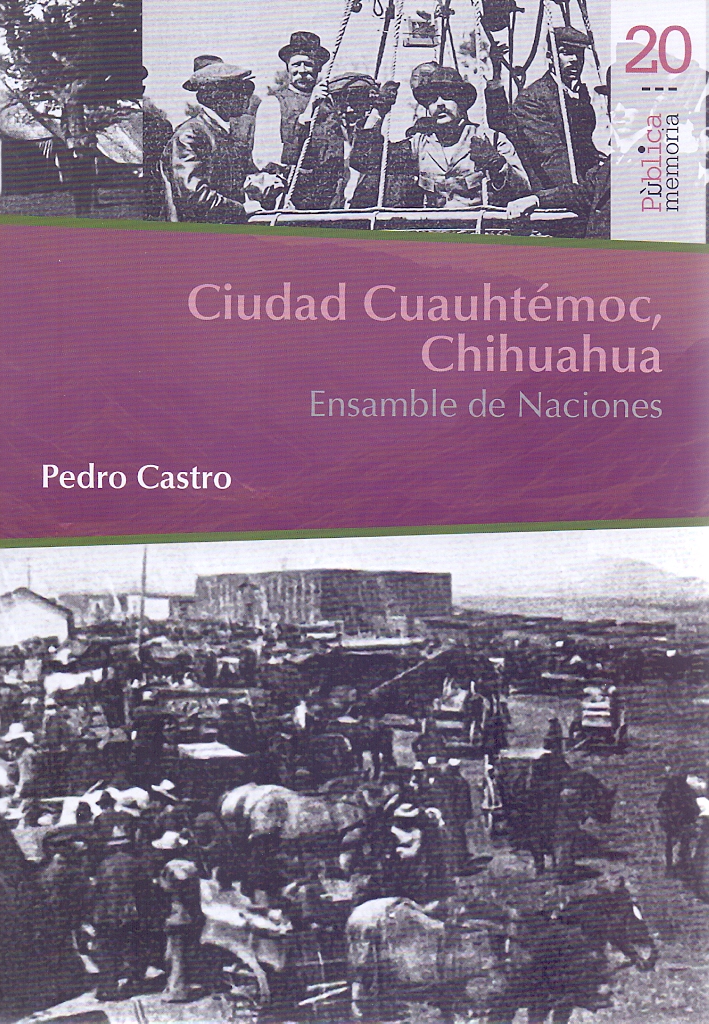Libros relacionados
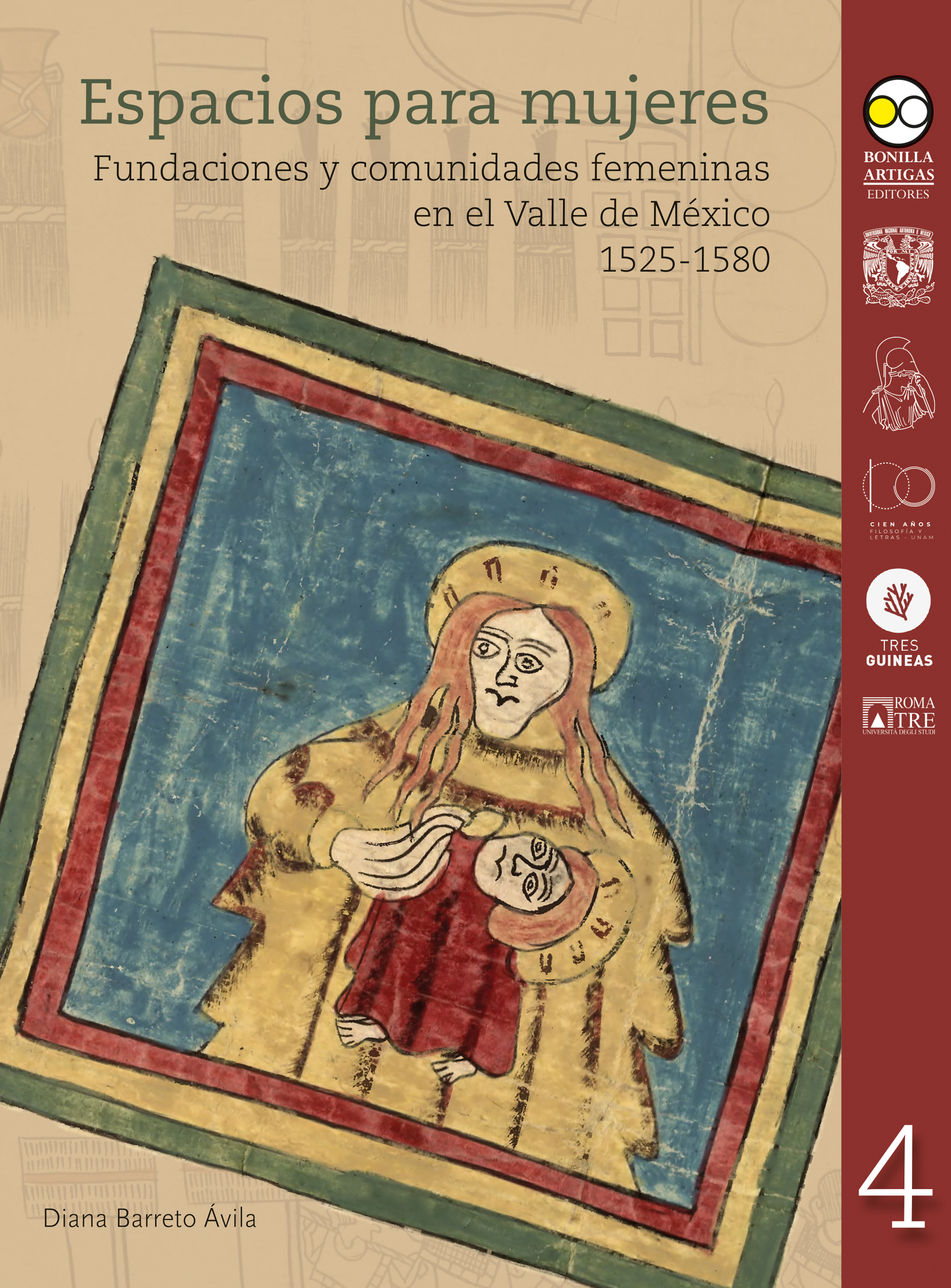 |
Espacios Para Mujeres: Fundaciones y Comunidades Femeninas en el Valle de Méxic Barreto Ávila, Diana Bonilla Artigas Editores |
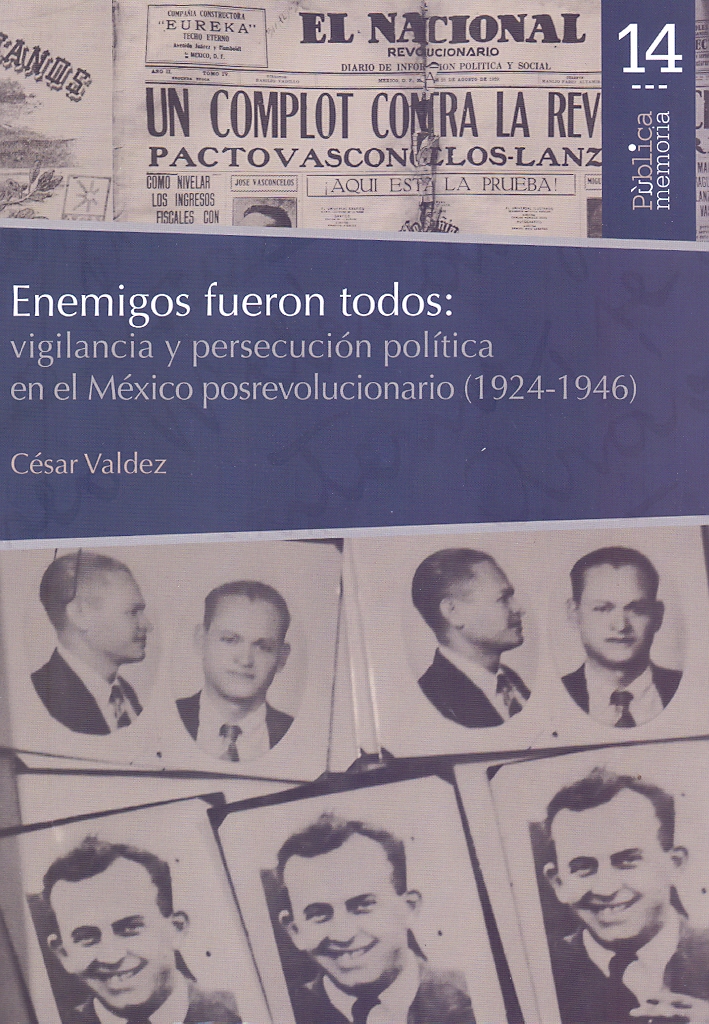 |
Enemigos Fueron Todos: Vigilancia y Persecución Política en el México Posrevoluc Valdez César Bonilla Artigas Editores |
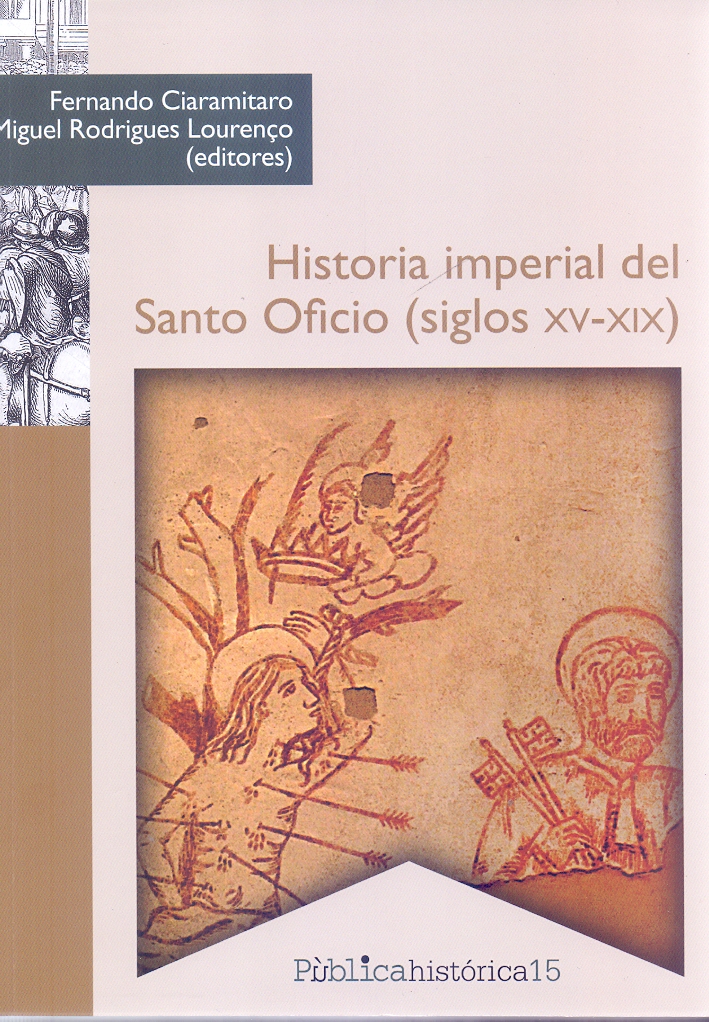 |
Historia Imperial del Santo Oficio (Siglos XV-Xix) Fernando Ciaramitaro, Miguel Rodrigues Lourenço Bonilla Artigas Editores |
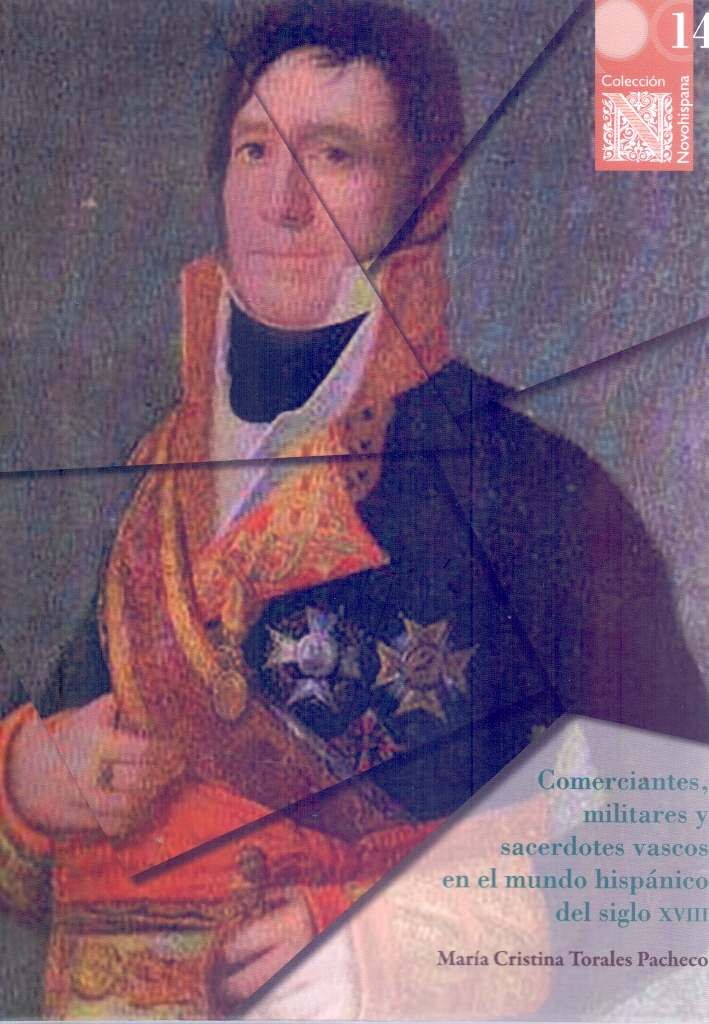 |
Comerciantes, Militares y Sacerdotes Vascos en el Mundo Hispánico del Siglo XVII Torales Pacheco, María Cristina Bonilla Artigas Editores |
 |
El Crisol y la Flama: Grupos Sociales y Cofradías en Pátzcuaro (Siglos XVI y XVI Flores García, Laura Gemma Bonilla Artigas Editores |
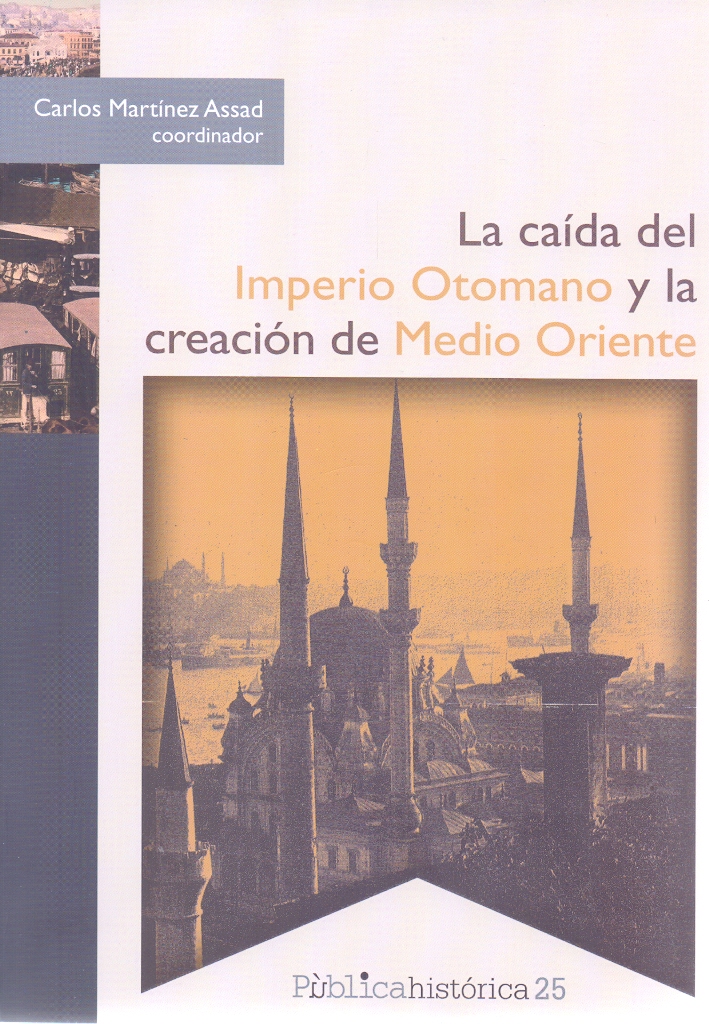 |
La Caída del Imperio Otomano y la Creación de Medio Oriente Carlos Martínez Assad Bonilla Artigas Editores |
 |
Exilio Español y Su Vida Cotidiana en México, El. Serrano Migallón, Fernando; Woldenberg José Bonilla Artigas Editores |


|
Título: A History Of The Oratorio Vol IV. The Oratorio In The Nineteenth And Twentieth C | |
| Autor: Smither | Precio: $1600.00 | |
| Editorial: University Of North Carolina Press | Año: 2000 | |
| Tema: Historia, Estudio, Religion | Edición: 1ª | |
| Sinopsis | ISBN: 9780807825112 | |
| With this volume, Howard Smither completes his monumental History of the Oratorio. Volumes 1 and 2, published by the University of North Carolina Press in 1977, treated the oratorio in the Baroque era, while Volume 3, published in 1987, explored the genre in the Classical era. Here, Smither surveys the history of nineteenth- and twentieth-century oratorio, stressing the main geographic areas of oratorio composition and performance: Germany, Britain, America, and France.
Continuing the approach of the previous volumes, Smither treats the oratorio in each language and geographical area by first exploring the cultural and social contexts of oratorio. He then addresses aesthetic theory and criticism, treats libretto and music in general, and offers detailed analyses of the librettos and music of specific oratorios (thirty-one in all) that are of special importance to the history of the genre. As a synthesis of specialized literature as well as an investigation of primary sources, this work will serve as both a springboard for further research and an essential reference for choral conductors, soloists, choral singers, and others interested in the history of the oratorio. |
||
Librería Bonilla SA de CV © Todos los derechos reservados. 2019
Última actualización: Jul 2019



